Flip-flopping of DLP guidelines leaves for more confusion, says MCA Youth
KUALA LUMPUR: The Dual Language Programme (DLP) is once again in the spotlight, following the launch of an online petition to maintain the status quo on its existing guidelines by MCA Youth on Monday (Dec 18).
MCA Youth secretary-general Saw Yee Fung said the unofficial announcement of the new DLP guidelines raises more questions and confusion among those affected by the abrupt change.
“Reviewing the chronology of how this happened in the first place, the education minister addressed that there were no changes to the DLP guidelines. Then on Dec 6, she announced that the implementation of DLP in schools would be managed by the respective state education departments, adding that it would be handled separately and on a case-by-case basis.
“There were also officials from Putrajaya who met with school principals, verbally communicating the existence of new guidelines. Instructing them to return to their schools and make necessary preparations,” she said.
She said that a major inconsistency in the DLP guidelines can be seen in a span of a few months, highlighting a lack of clear and definitive guidance emerging from the ministry.
“If you ask if there is confusion, I’d say yes, not just to us but the parents, students, schools and principals as well,” she added.
The current guidelines issued by the Education Ministry for the DLP state that schools must fulfil the criteria set to offer it, which include schools having enough resources, the school heads having a plan to make sure the programme is sustainable, parents’ consent is obtained, and schools meeting the minimum Bahasa Malaysia requirement..
On Nov 28, Education Minister Fadhlina Sidek said there were no changes to the DLP guidelines and requirements as claimed. However, she said that all schools must have at least one non-DLP class next year, in a bid to uphold the importance of Bahasa Melayu as the national language.
G25 Malaysia executive secretary Jasmine Zulkifli said the new DLP guideline imposed by the ministry was confusing as it does not specifically indicate why non-DLP classes need to exist in all schools.
“Because if you say this, you can also see the reverse that all schools should have one DLP class. So at this juncture, yes it’s confusing,” she concluded.
The DLP, announced in Budget 2016, was introduced to improve the English proficiency of students through the teaching and learning of Science and Mathematics, as well as to increase students’ employability and ability to compete globally.
The programme was one of the initiatives under the Upholding the Malay Language and Strengthening the English Language (better known by its Malay abbreviation, MBMMBI) policy.
As of Nov 27, there were 2,240 DLP schools in the country comprising 1,613 primary and 807 secondary schools.


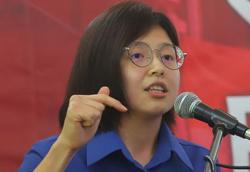

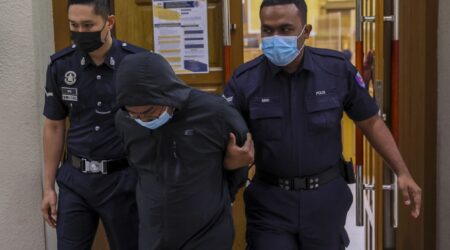
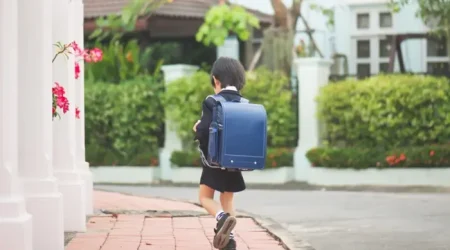



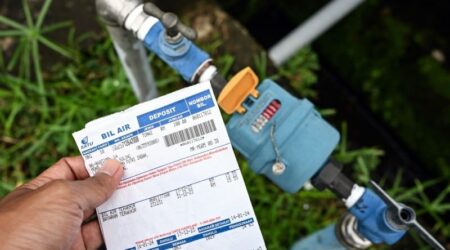


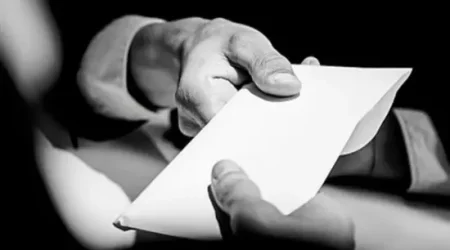
Leave a Reply